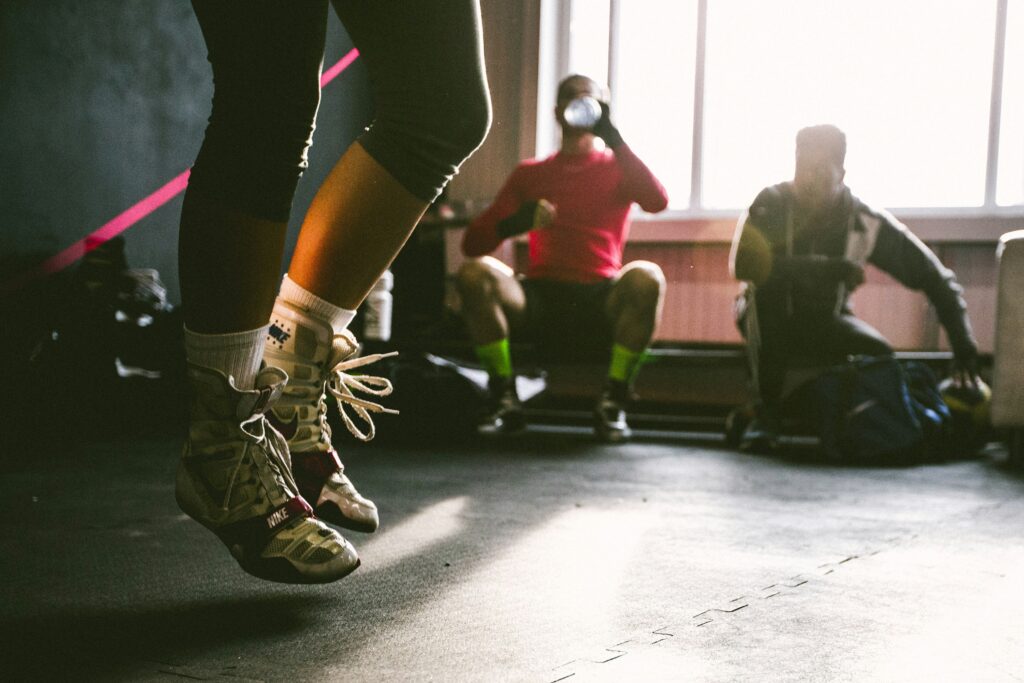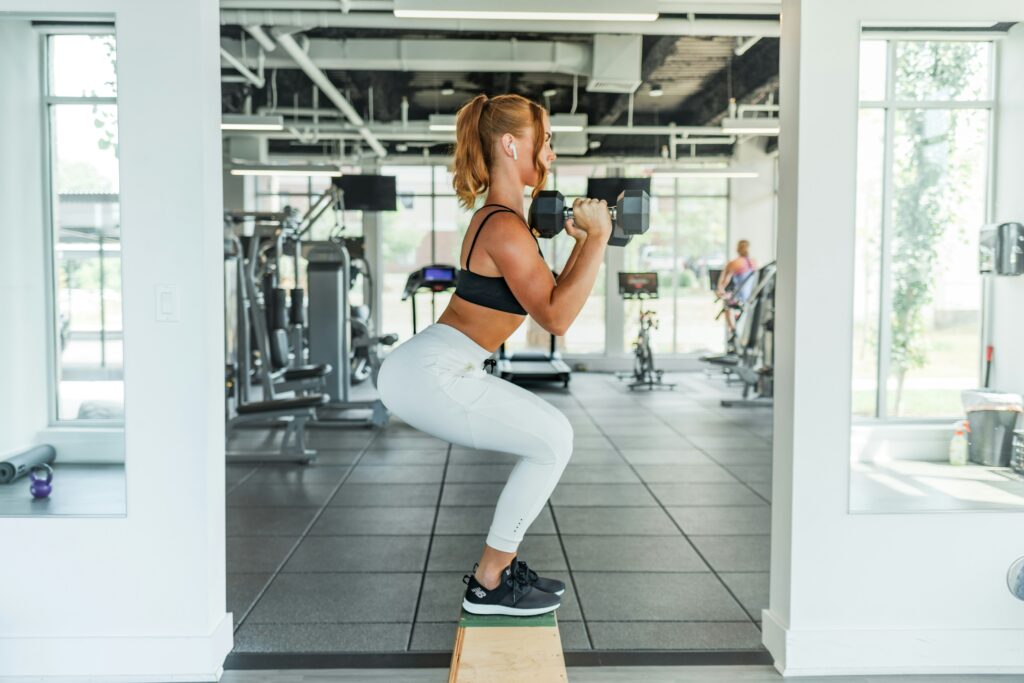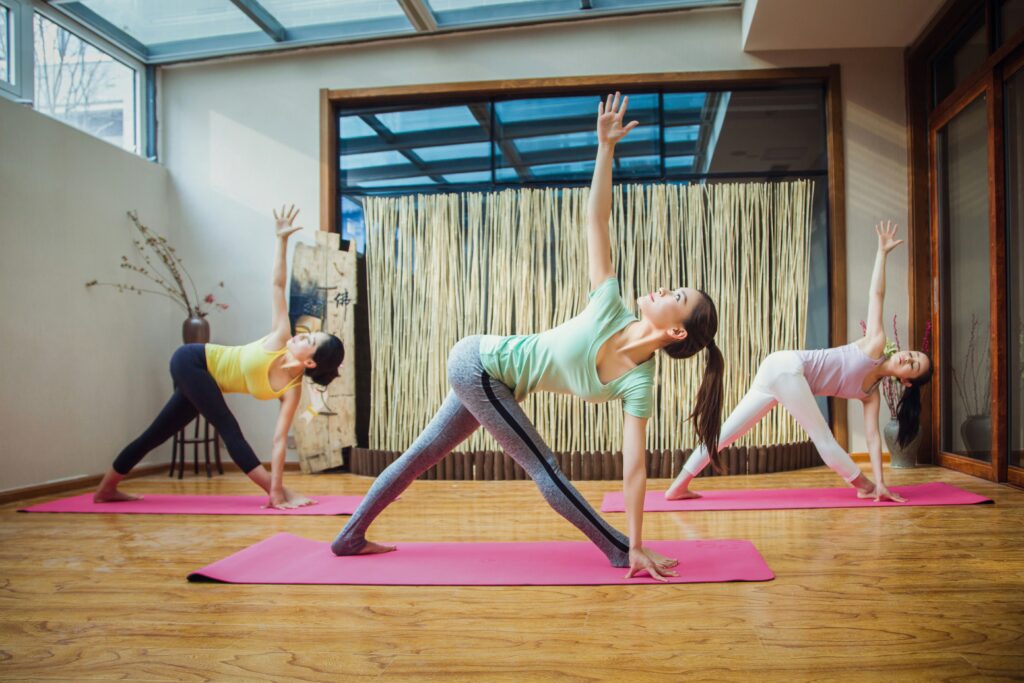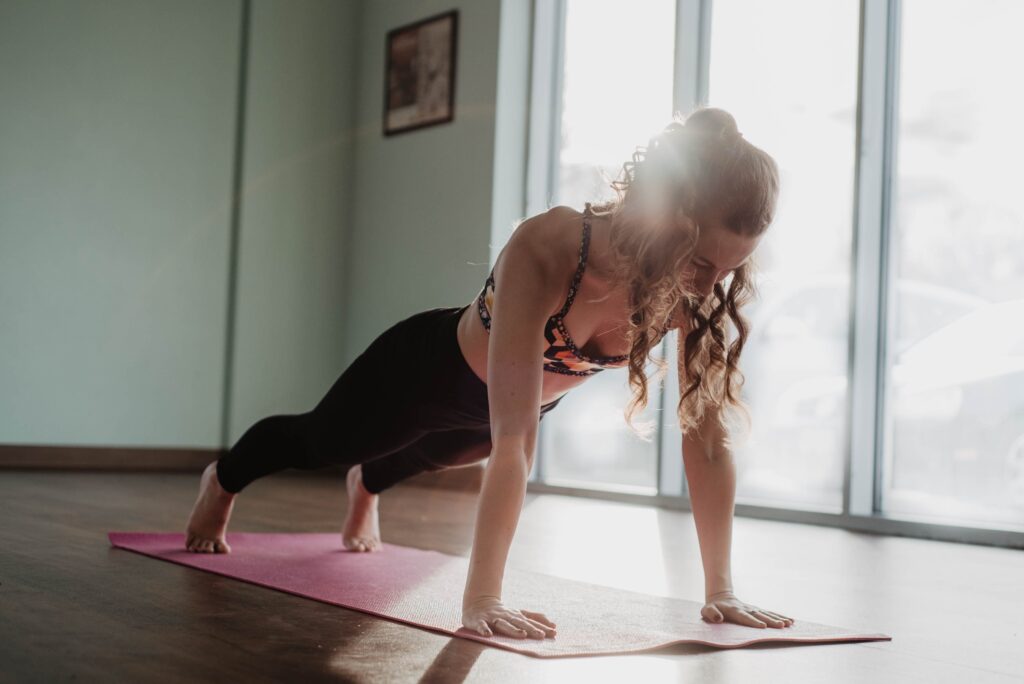Improving your golf game isn’t just about spending more time on the course or investing in the latest gear. It’s also about enhancing your physical fitness to support the demands of the game, especially for weekend golfers in their 40s and 50s. A tailored fitness routine can significantly improve strength, flexibility, and balance, leading to increased club head speed, ball velocity, and, most importantly, enjoyment of the game. Drawing insights from the latest golf fitness articles, this post will guide you through a weekly workout plan designed to elevate your performance on the golf course.

Weekly Workout Plan
A balanced approach, focusing on mobility, strength, and endurance, is key to optimizing golf performance. This plan is structured to fit into approximately 30 minutes per day, making it feasible for even the busiest schedules.
| Day | Focus Area | Exercises |
|---|---|---|
| Monday | Lower Body & Core | Squats, Dumbbell Deadlifts, Weighted Jumps, Lunges, Single-leg Hip Extension |
| Tuesday | Flexibility & Mobility | Dynamic Stretching, Inchworms, Spidermans |
| Wednesday | Rest | Active recovery (light walking or stretching) |
| Thursday | Upper Body & Core | Bench Press, Standing Military Press, Lat Pull-downs, Single Arm Dumbbell Rows |
| Friday | Dynamic & Static Stretching | Full Body Stretching, Yoga or Pilates for flexibility |
| Saturday | Endurance & Stability | Circuit Training with focus on endurance and balance |
| Sunday | Rest or Light Golf | Practice swings, light golf game, or rest |
Detailed Daily Plan
Monday – Lower Body & Core Strength:
1. Dumbbell Squat
Start with squats (4 sets of 5 reps) using dumbbells or a barbell to activate the muscles essential to the golf swing.
2. Dumbbell Deadlift
Follow with dumbbell deadlifts (3 sets of 6 reps) on an elevated surface for a deeper stretch, enhancing lower back and glute strength.
3. Dumbbell Jump
Incorporate weighted dumbbell jumps (3 sets of 6-10 reps) for explosive power, crucial for increasing drive distance.

Tuesday – Flexibility & Mobility:
To enhance flexibility and reduce injury risk for golfers in their 40s and 50s, dedicating 15 minutes to dynamic stretching with movements that mimic the golf swing is essential. These exercises not only prepare your muscles and joints for the movements involved in golf but also improve your range of motion and decrease the likelihood of injuries. Here’s a more detailed approach to this segment of your workout routine:
1. Arm Swings
Stand with your feet shoulder-width apart. Swing your arms slowly back and forth across the front of your body. Increase the range of each swing gradually until you feel a good stretch in your shoulders and chest. Perform this movement for about 2 minutes.
2. Hip Rotations
Place a club behind your back and hold it at each end with your hands. Rotate your hips to the right and then to the left while keeping your feet planted. This mimics the rotational aspect of the golf swing and helps loosen up the hips and lower back. Continue for 2-3 minutes.
3. Leg Swings
Hold onto a golf club or wall for balance. Swing one leg forward and backward, increasing the range of motion gradually. This exercise is excellent for loosening the hamstrings and improving leg flexibility. After about 1 minute on one leg, switch to the other leg for another minute.
4. Torso Twists
With your feet planted and knees slightly bent, hold a golf club horizontally across your shoulders. Twist your torso to the right and then to the left, keeping your hips facing forward. This movement helps increase the flexibility of your thoracic spine, crucial for a fluid golf swing. Perform this exercise for 2-3 minutes.
5. Inchworms
Stand with your feet hip-width apart. Bend at the waist and touch the ground with your hands. Walk your hands forward until you are in a push-up position, then walk your feet towards your hands, keeping your legs straight. This exercise warms up both your upper and lower body and should be done for about 2 minutes.
6. Spidermans
Start in a push-up position. Step forward with your right foot, placing it outside of your right hand. Then, switch legs by stepping the left foot forward while moving the right foot back. This dynamic stretch targets the hips, hamstrings, and groin areas. Continue alternating legs for 2 minutes.
Combining these dynamic stretches will not only prepare your body for a round of golf but also contribute to long-term flexibility and injury prevention. Incorporating these exercises into your pre-golf routine or as part of your daily fitness can lead to significant improvements in your game and overall physical health.

Wednesday – Rest Day
Engage in light activities such as walking or gentle stretching to recover and prepare for the next day’s workout.
Thursday – Upper Body & Core Strength
1. bench presses
Begin with bench presses (4 sets of 5 reps) and standing military presses (3 sets of 6 reps) to build upper body strength.
2. lat pull-downs
Incorporate lat pull-downs and single-arm dumbbell rows to strengthen the back, improving posture and swing power.
Friday – Dynamic & Static Stretching
A mix of yoga or Pilates can significantly improve flexibility and core stability, directly impacting your swing and balance.
Yoga for Golfers
Yoga improves flexibility and range of motion, crucial for executing a fluid, powerful golf swing. Specific poses target the muscles most used during golf, helping to prevent injury by ensuring these muscles are flexible and strong. For instance:
- Warrior poses increase leg strength, improve focus, and stretch the hips and shoulders.
- Downward Dog stretches the spine, hamstrings, and calves, while also strengthening the arms and shoulders.
- Twists help improve spinal mobility, which can lead to a more efficient and powerful swing.
Incorporating yoga into your routine can also enhance mental focus and breathing control, helping you stay calm and centered on the course.
Pilates for Golfers
Pilates focuses on core strength, essential for golfers in stabilizing their torso during their swing. A strong core contributes to better balance, reduces the risk of injury, and can improve your power output. Exercises in Pilates target not just the superficial abs but also the deeper core muscles, which are critical for posture and alignment. Some key benefits include:
- Improved posture, leading to a more consistent and accurate swing.
- Increased core strength, offering better control and power during the swing.
- Enhanced flexibility and balance, reducing the risk of falls and mishits.
Practical Application
For golfers, a combined routine of yoga and Pilates could look like this:
- Two to three times a week, engage in a yoga session focusing on flexibility and mental focus. Include poses that stretch the back, shoulders, and hips.
- On alternate days, practice Pilates with a focus on core strengthening exercises such as Planks, Teasers, and Leg Circles.
Both yoga and Pilates include exercises and poses that can be modified to suit your fitness level, making them accessible whether you’re a beginner or more advanced. The key is consistency and focusing on form to get the most out of each practice.

Saturday – Endurance & Stability
A circuit training session, including exercises like planks, lunges, and light cardio, will enhance endurance and stability, ensuring you’re as fresh on the 18th hole as you were on the 1st.
Exercises
- Planks: Start with a classic plank to engage the core, holding the position for 30 seconds to 1 minute. Core stability is crucial for a powerful and accurate golf swing.
- Side Planks: Immediately transition into side planks, 30 seconds on each side, to target the obliques and improve lateral stability, enhancing your ability to maintain balance during your swing.
- Lunges: Perform forward lunges, 10-15 reps per leg, to strengthen the legs and hips, which are essential for generating power in your swing. Lunges also improve flexibility and balance.
- Squats: Do 15-20 bodyweight squats to further build lower body strength and endurance. Squats simulate the lower body movement in a golf swing and help with explosive power.
- Light Cardio (Jumping Jacks): Include 1 minute of jumping jacks to keep the heart rate up, improve cardiovascular endurance, and promote blood flow to the muscles, preparing them for the dynamic movements in golf.
- Mountain Climbers: Add 1 minute of mountain climbers to the circuit for a high-intensity workout that boosts endurance while targeting the core, shoulders, and hips.
- Dynamic Stretch (Leg Swings): Incorporate leg swings, 10-15 per leg, to improve flexibility in the hamstrings and hip flexors, reducing the risk of injury and allowing for a fuller range of motion in your swing.
Implementation
- Warm-Up: Begin with a 5-minute light jog or brisk walk to increase your heart rate and prepare your body for exercise.
- Circuit: Perform each exercise back-to-back with minimal rest between them. After completing one round of the circuit, rest for 1-2 minutes before starting the next round.
- Cool-Down: End the session with a 5-minute cool-down consisting of gentle stretching to relax the muscles and promote recovery.

Sunday – Rest or Light Golf
A day for rest or light golf activities to enjoy the fruits of your labor without overexerting yourself.
Conclusion
Integrating this fitness routine into your weekly schedule can lead to substantial improvements in your golf game. Remember, consistency is key, as is listening to your body and adjusting the exercises to fit your current fitness level and golfing goals. By enhancing your physical fitness, you’re not just preparing your body for golf but also investing in your overall health and well-being.
For more information:
- SET FOR SET – “The Best Golf Workout Program For Strength & Power Gains”
Visit SET FOR SET - Red Birdie Golf – “The Complete Golf Workout: An 8 Week Program To Tee Off Your Golf Fitness”
Visit Red Birdie Golf - Breaking Muscle – “A New Approach to Fitness for Golfers: 12-Week Workout Program”
Visit Breaking Muscle
Leave a Reply